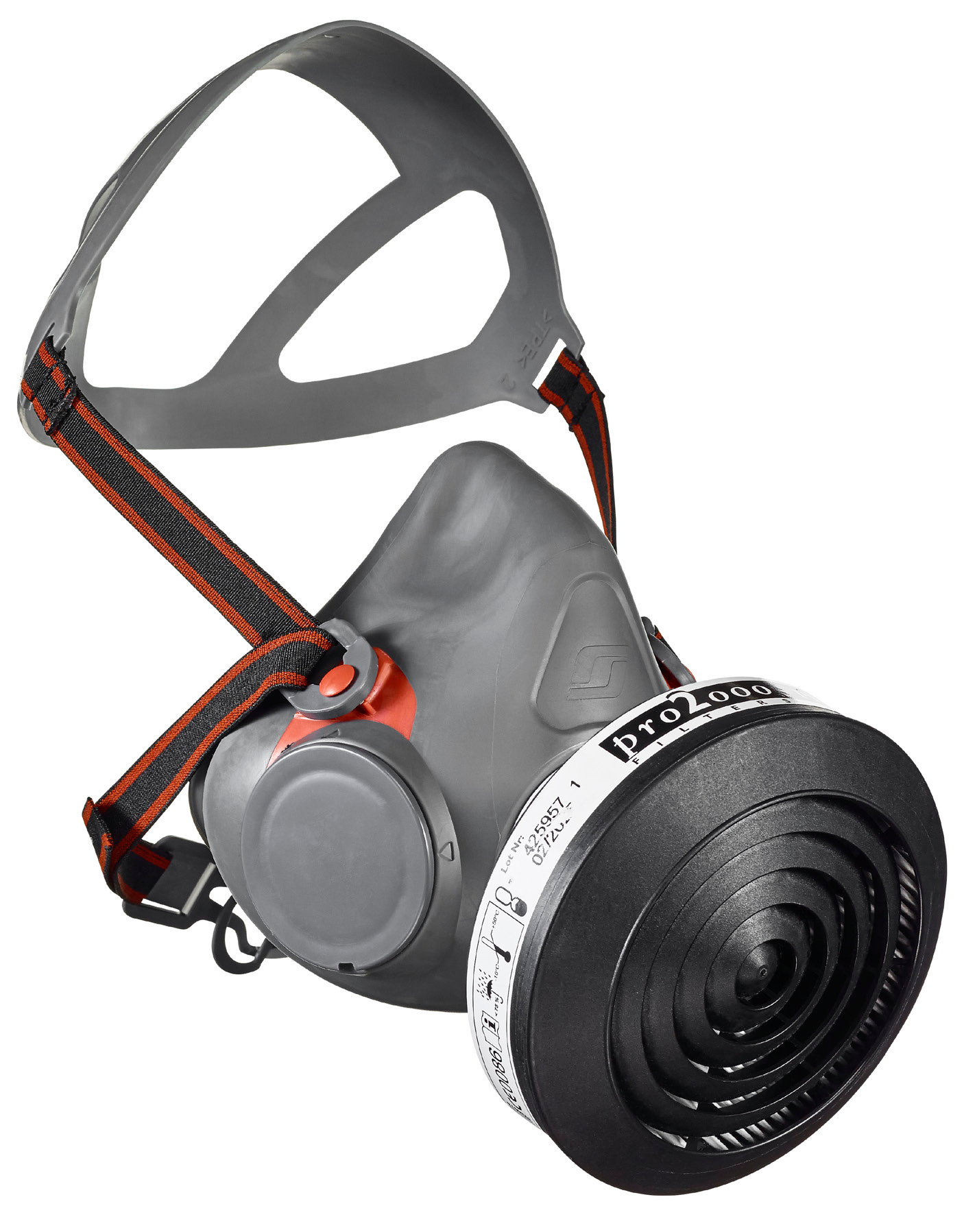By consistently measuring the concentration of airborne contaminants as part of a dust monitoring strategy, steps can be taken to reduce workers’ exposure to dust and particulates, thereby helping to prevent potentially life-threatening illnesses.
There is a growing consensus in the occupational health/hygiene community that exposure to dust at levels below the recommended concentrations is a risk to the health of employees.
Assessing dust levels allows you to put the correct dust monitoring control measures in place.
The result – a safer working environment with a happier and more productive workforce.
Why are Particulates Hazardous?
When particles are inhaled, the size of the particle determines where in the respiratory tract the particle will come to rest. Particulate matter smaller than about 10 micrometers, can settle in the bronchi and lungs with the potential to cause health problems.
The smaller the particle the further into the body it can go and the more problems it can cause.
Exposure to airborne occupational dust can cause chronic respiratory diseases such as asthma, as well as occupational cancers.
According to the HSE, in 2018/19, there were an estimated 12,000 lung disease deaths linked to past exposures at work.
What Do PM Sizes Mean?
Particulate matter (PM) is a term used to describe the mixture of solid particles and liquid droplets in the air. It can be either be man-made or naturally occurring. Particulate matter varies in size (i.e. the diameter or width of the particle).
What is PM2.5?
PM2.5 means the mass per cubic metre of air of particles with a size (diameter) generally less than 2.5 micrometres (μm).
PM2.5 is also known as fine particulate matter (2.5 micrometres is one 400th of a millimetre).
What is PM10?
PM10 is coarse dust particles which are 2.5 to 10 micrometers in diameter.
Why is Dust Monitoring Required?
• Help to inform the COSHH assessment for the task as it gives an illustration of the exposure risk
• Help to select the right fume control solutions
• Check that exposure limits are not exceeded
• Check that controls work well enough, or if improvements are needed
• Check that new controls work well enough
• Help choose the right level of respiratory protection
• Influence the health surveillance programme
There are two main methods of dust monitoring:
Real-Time Monitoring
Real-time dust monitoring can help businesses make informed decisions by:
1. Monitoring whether changes in the process to lead to reduced dust emissions in real-time
2. Ensuring an enclosure is preventing dust from reaching the working environment
3. Monitoring extraction systems to ensure that enough dust is being removed and that the extraction system is working as specified
4. Allowing remote monitoring of processes to allow employers to minimise the requirement for visual inspection and also minimise the number of workers potentially exposed
5. Giving indications of the maximum potential dust exposure during the process to allow accurate assessment of RPE requirements
Personal Dust Monitoring
Personal sampling pumps play an important role in measuring exposure to harmful dust and particulates. Personal samplers are frequently used in construction, industrial and research-based applications. They allow workers to protect themselves and stay in compliance with regulatory standards.
Personal sampling pumps are worn inside the body’s breathing zone. By drawing air through a filter media at a very precise flow rate over a defined period of time, they allow the harmful particulates to be collected. Once analysed in a laboratory, calculations are made to determine how much of the substance the person being sampled was exposed to.
Respiratory Protection Equipment (RPE) – The Last Resort?
Respiratory Protection Equipment (RPE) is often purchased as the first port of call to protect people in their working environment.
But how do you know when and where to wear RPE without carrying out site assessments?
Buying RPE without carrying out dust assessments doesn’t address potential problems on-site.
Powered Air Respirators
Powered air respirators provide protection in the workplace and allow you to carry on with the job in hand without worrying about breathing in particulates or hazardous gases.
These positive pressure respirators offer comfort and protection against multiple hazards providing respiratory, head, face, eye and hearing protection.
The respirators are available with a wide range of approved RPB Safety and Scott Safety head tops (full hoods, half hoods, visors, caps) and filters for a variety of applications.
Reusable Respirators
Respiratory half-face masks cover the nose, mouth, and chin and rely on the wearer’s breathing to pull the air through the filter.
Half masks protect the wearer from breathing dust particles and hazardous gases. A half-mask can be fitted with particle filters, gas filters or a combination of both.
Recommended for;
• Light and medium work
• Intermittent use
Not recommended for;
• For continuous work longer than 1 hour
• For people with facial hair requiring a face fit-test
• Where head, eye or ear protection is needed
• For welding as these masks don’t comfortably fit under welding mask
If you are looking for support with your dust monitoring strategy but unsure where to start, our expert team will be happy to provide you with more information and guidance to ensure you get the most effective equipment. Contact a1-cbiss








